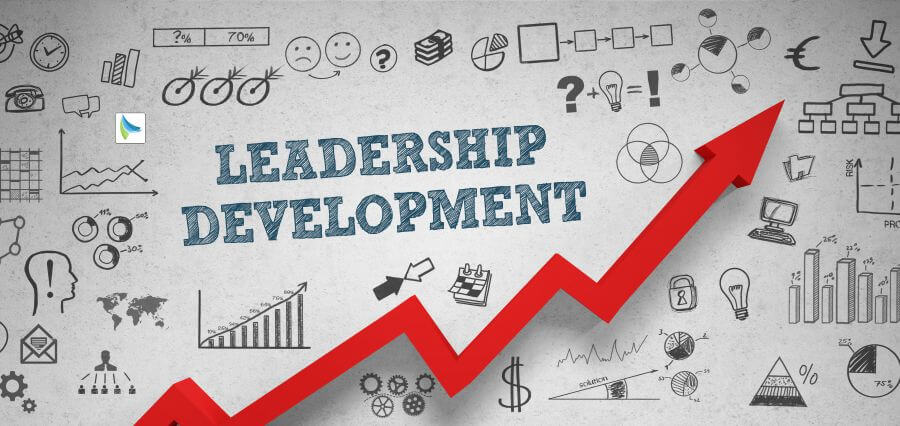Empowerment over Authority
The antiquated perception of leadership as a seat of command is slowly unraveling. High-performing teams survive and even thrive outside the limits of tight rank or command-and-control pyramids, where trust, empowerment, and collaboration are the values. New leaders are not decisive types first and foremost; they are facilitators who create an environment for people and teams to excel. To shift leadership from authority to empowerment is what companies must do to create agility, innovation, and enduring success.
The Move from Command to Collaboration
Leadership used to be defined as controlling, directing, and managing. Decision-making authority equaled authority, and obedience sometimes took priority over creativity. While the approach succeeds in the short run, it crushes flexibility, deters initiative, and murders participation.
Facilitator leaders, not commanders, are what current teams, especially networked and knowledge-intensive digital teams, require. Enabled workers are likely to be self-starting, create new ideas, and cross-function, delivering superior results for the enterprise.
Empowerment as a Strategic Imperative
Empowerment is more than delegation; it is giving employees resources, autonomy, and self-efficacy to contribute significantly. Empowering leaders create a culture where the employee is accountable, valued, and incented to perform at their best level.
The more empowered its people are, the healthier an organization is in many respects: faster decision-making, more engagement, more innovation, and improved retention. Empowerment flips the workplace on its head from a chain of control into a vibrant community of shared accountability and shared problem-solving.
Building Trust and Psychological Safety
Trust is the foundation of empowerment. Teams perform best when their members feel that they can make suggestions, challenge assumptions, and try informed risks without risking punishment. Leaders who lead through transparency, consistency, and honesty establish psychological safety, accountability, and creativity.
This trust is applied to decision-making authority. By letting others decide and try out, leaders show trust in others. When individuals are trusted, they rise to the challenge, and perform better than anticipated, and produce imagination that isn’t achievable under minutes of control.
The Role of Coaching and Mentorship
Empowerment is generated through mentoring, not control. Coaches and mentors, leaders lead by providing input, feedback, and insight and by teaching others to be problem-solvers on their own. This develops skills, confidence, and judgment, equipping members for greater responsibility and creating a leadership pipeline that will last.
Continuous learning is encouraged through coaching too. When mistakes happen, empowered teams examine results, learn from them, and adapt approaches — turning failure into a learning opportunity. Learning and resilience demonstrated by leaders foster an openness to valuing improvement over perfection.
Aligning Purpose and Autonomy
Empowerment will be most effective if tied to the organization’s mission. Not only must teams be told what they can decide, they must also be told why. Clearly articulating goals, values, and expectations will guarantee that autonomy is used responsibly and strategically.
Mission-based empowerment encourages employees to innovate for the benefit of the cause of the company. It also fosters the ownership, responsibility, and work pride culture that are key drivers of motivation and long-term motivation.
Aligning Leadership Styles to Modern Teams
The transition from control leadership to empowerment leadership requires adaptability. Leaders must strike a balance between control and freedom, govern without dominating, and align without killing imagination. This precarious balance requires emotional intelligence, empathy, and situational awareness.
Technology is also utilized today by leaders to enable empowerment. Empowerment tools, open-book measures of performance, and feedback systems in real time enable distributed teams to make effective decisions, work well together, and keep each other accountable across functions and geographies.
The Organizational Performance Impact
Empowered companies move faster, create more quickly, and respond. They spark, innovate differently, and respond quickly to shifting markets. Cross-function collaboration accelerates solution-finding and ensures many heads equal well-informed decisions.
Additionally, empowerment encourages participation and retention. Workers increasingly seek workplaces in which they are valued and their growth nurtured. Empowerment-leaders create workspaces that attract and keep talent and foster loyalty, maximizing long-term organizational performance.
Conclusion
Empowerment, not control, is not a gentle theory of leadership; it is a competitive necessity for today’s organizations. The leaders who employ this style build trust, spark innovation, and create teams that can handle complexity and uncertainty. In moving from control to enablement, they create workplaces where people can grow, collaboration becomes the standard, and organizational excellence is a collective result.
In today’s dynamic world of work, the successful leaders are those who recognize that real influence never results from titles or authority but from having the power to inspire, facilitate, and empower others to achieve outstanding outcomes. This new leadership generates lasting value for people and organizations.












